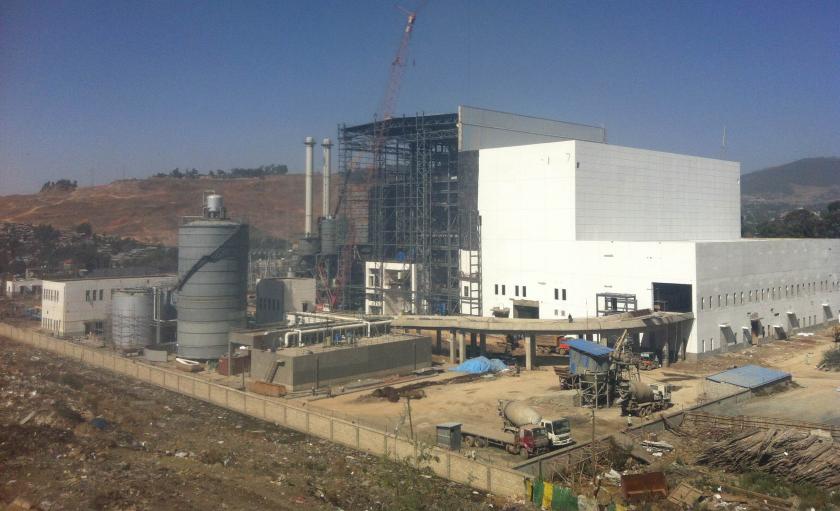Construction of what would be first ever waste-to-energy plant in Africa is nearing completion. The Reppie project is being built at Koshe dump site in Ethiopia.
The plant which is the result of a partnership between the Government of Ethiopia and a consortium of international companies, is the first ever waste-to-energy plant in Africa.
The consortium include:Cambridge Industries Limited (Singapore), China National Electric Engineering and Ramboll-a Danish engineering firm.
United Nations Environment Programme announced on its website that the Reppie project is set to transform the Koshe Dump site and revolutionize the entire city’s approach to dealing with waste.
Read:Africa’s first waste-to-energy plant to be commissioned July
The plant, which is due to begin operating in January, will incinerate 1,400 tons of waste every day – that’s roughly 80 per cent of the city’s rubbish – all while supplying Addis with 30 per cent of its household electricity needs and meeting European standards on air emissions.
“The Reppie project is just one component of Ethiopia’s broader strategy to address pollution and embrace renewable energy across all sectors of the economy,” said Zerubabel Getachew, Ethiopia’s deputy permanent representative to the United Nations in Nairobi. “We hope that Reppie will serve as a model for other countries in the region, and around the world.”
How it works
In waste-to-energy incineration plants, rubbish is burned in a combustion chamber. The resulting heat is used to boil water until it turns to steam, which drives a turbine generator that produces electricity.
The plant adopts modern back-end flue gas treatment technology to drastically reduce the release of heavy metals and dioxins produced from the burning.
This kind of energy generation system is more popular in Europe and in cities with limited land. France leads in the area with 126 waste-to-energy plants whiles Germany and Italy follow with 99 and 40 respectively.
In recent years, Ethiopia has spent significant amount of resources in developing energy projects to meet demand in a country where majority of citizens lack electricity. The country is constructing a huge hydro-power plant on the Nile which is set to be the biggest in Africa once operational.
The country plans to increase its energy production capacity from the current 4,200 MW to about 17,300 MW by 2020 much of which should come from hydro, wind, geothermal, solar and biomass.

